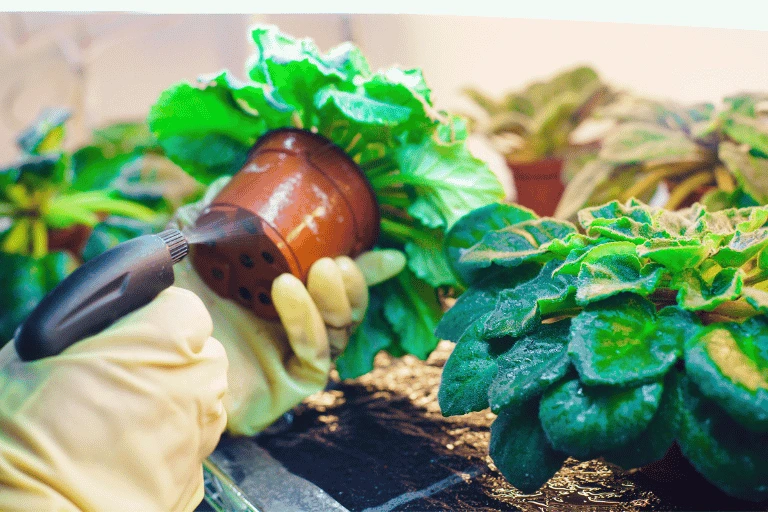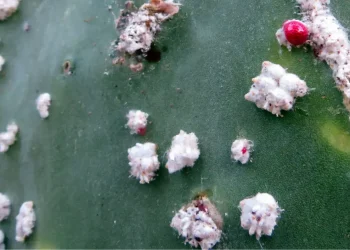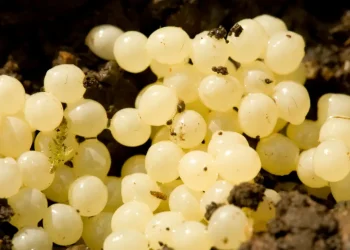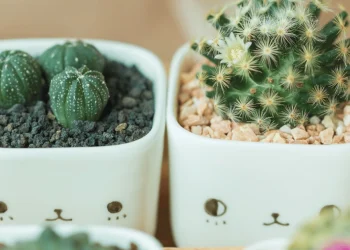Picture this: Spring is finally here, and you’re peacefully tending to your beloved garden, admiring how it all turned out beautifully. But then suddenly, out of nowhere, a horde of pests descends upon your plants, turning your garden into their all-you-can-eat buffet.
But you don’t want to kill them; they’re just animals doing what needs to be done for their own survival. So you are trying to find if there are any non-lethal ways to get rid of pests.
Unfortunately, there is no ultimate non-lethal pest solution that would work 100%. However, there are some methods that can help you get rid of at least the majority of critters and bugs. So slip into your favorite gardening gloves, and let’s take a look.
Are there Non-Lethal Pest Solutions?
While the concept of non-lethal pest solutions holds immense appeal, the reality is that you can’t get rid of all pests without reaching for pesticides.
Despite our best efforts, pests possess an extraordinary ability to adapt and evolve to their environment. So chances are that your first try at getting rid of pest infestation with garlic will be successful. But two months pass, and the same issue arises again.
Additionally, with tens of thousands of garden pests out there, it is nearly impossible to find a universal solution that applies to every situation.
And also, what needs to be mentioned is that even if you think a method is non-lethal, it doesn’t mean it truly is. Even if all you do is take a garden hose and spray your plants down, you’ll kill lots of them. And this applies to every method I will mention in this article, they are non-lethal in principle, but it doesn’t mean it won’t kill any pests.
Non-Lethal Methods to Get Rid of Pests
When it comes to non-lethal or organic methods to combat garden pests, the primary focus lies in an effort to repel rather than eliminate these unwanted visitors. They are usually leveraging the power of scent, taste, or visual cues, persuading them to seek greener pastures elsewhere.
I will show you a few of my recipes for homemade pesticides – which are not real pesticides because they do not kill pests and also show you a few other ways to make pests stay away from your garden.
Natural Pest Repellents and Deterrents
You can find dozens of recipes online for non-harmful pest repellents and deterrents. These can be categorized into two groups. They either block the pores through which they breathe or repel them from even entering your garden.
As most insects breathe through their skin, oily or soapy water will coat their bodies, blocking their airways. So they will ultimately die if they do not leave. So it’s not 100% non-lethal.
To make such a spray, you can mix vegetable oil or soap with water. The goal is to make highly soapy water but not too much to harm your plants. I usually add about two teaspoons of soap or oil to one quart (one liter) of water. Shake the spray bottle thoroughly and apply as needed directly on the surface of the plants which are infected.
The second group of pest repellents is made up of whatever has a pungent aroma enough, to discourage pests from feeding on your greenery. The best working is garlic, chili peppers, or vinegar.
To make the garlic spray, start by taking two whole bulbs of garlic (not just two cloves) and blend them in a blender or food processor along with a bit of water. Let the mixture sit overnight, then strain it through a cheesecloth or fine mesh sieve. You got yourself a very strong, garlicky concentrate, add water to it, and apply it again directly onto infected plants.
The measures for chili spray are about one tablespoon of chili powder to 1 quart (1 liter) of water. And to make a vinegar repellent, mix white distilled vinegar with water in a 1:3 ratio. Mix and apply as needed.
You can also modify any of these methods to target a larger number of pests. For instance, mix a bit of soap into any of these sprays to suit your own insect battles the best.
Setting Physical Barriers
These techniques are non-lethal pest control methods that also aim to prevent pests from accessing your garden. But instead of focusing on their senses, we’ll physically restrict them by using various barriers.
You can, for instance, use row covers. They are lightweight fabrics, or nets that are draped over plants to form a protective shield, keeping pests at bay while allowing sunlight, air, and water to reach the plants.
Floating row covers serve a similar purpose but are designed to “float” above the plants, providing a barrier against flying insects.
You can also use reflective mulches, whose reflective surfaces are used to confuse and deter pests, disrupting their navigation and feeding patterns.
Other Non-Lethal Defense Against Pests
These two categories I mentioned are my favorite, especially in combination. But there are other ways you can keep your garden pest-free without using harmful chemicals.
You can opt for ultrasonic devices, which emit high-frequency sound waves that are undetectable to humans but repel certain pests. These devices are usually used against rodents.
Another effective approach is to combine different plants to naturally repel pests or enhance biodiversity to create a more resilient garden ecosystem. For instance, ladybug larvae feed on aphids. If you select the right plant to attract ladybugs, you have one less pest to care about.
Additionally, you can also incorporate mechanical traps, like sticky traps, to capture and monitor pest populations.
Before you go…
Unfortunately, there’s no pest control method that would be as effective as standard pest solutions. And it really shows as pesticide use is still increasing, and nowadays, approximately 1.8 billion people worldwide, nearly 23% of the world’s population, rely on pesticides. Also, did you know that Brazil, by far, uses the most pesticides every year? Well, then you should check my other article, which contains a long list of interesting pest and pesticide insights…
Pest and Pesticide Stats and Insights Every Gardener Should Know













